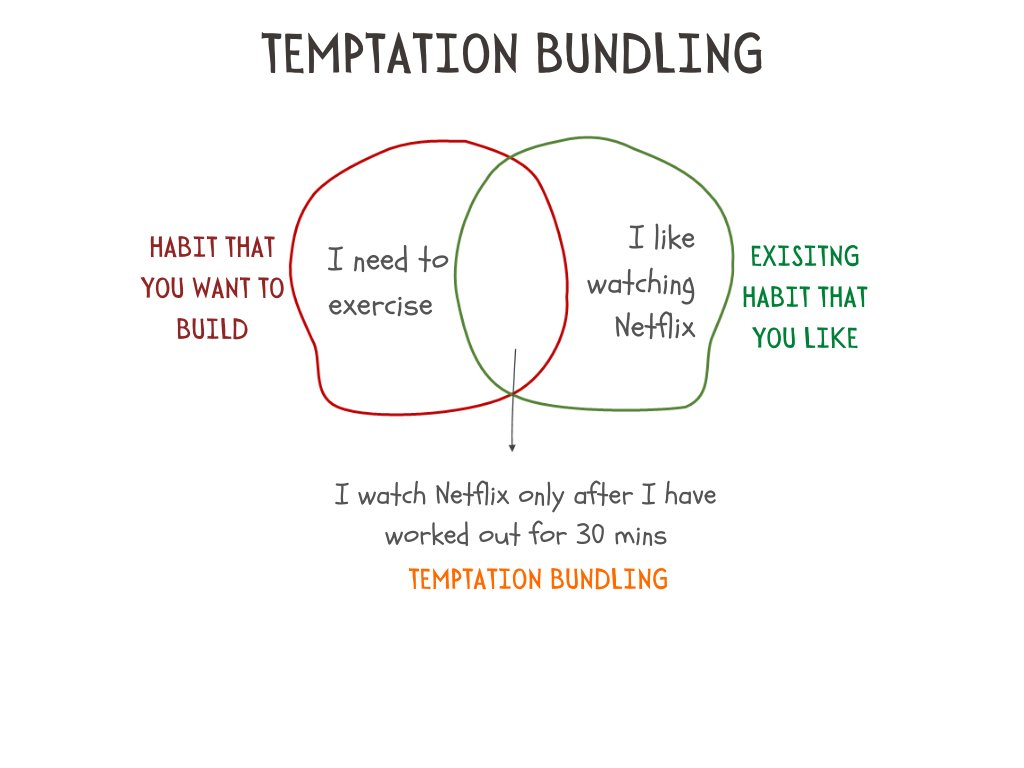BOTTOM LINE UP FRONT: The more attractive an opportunity, the greater its potential to become habit-forming.
This concept embodies the 2nd Law of Behavior Change: Make it attractive.
Our goal is to learn how to make our habits irresistible, thereby increasing the likelihood of their occurrence.
THE DOPAMINE-DRIVEN FEEDBACK LOOP
Habits are driven by a dopamine feedback loop.
All highly habit-forming behaviors—such as drug use, eating junk food, playing video games, and browsing social media—are associated with elevated dopamine levels.
This is also true for our basic habitual behaviors like eating, drinking water, engaging in sexual activity, and social interaction.
The important point to remember about habits is this: dopamine is released not just when you experience pleasure, but also when you anticipate it.
- Gambling addicts have a dopamine spike right before they place a bet, not after they win.
- Cocaine addicts get a surge of dopamine when they see the powder, not after they take it.
Whenever you predict that an opportunity will be rewarding, your levels of dopamine spike in anticipation. And whenever dopamine rises, so does your motivation to act.
It is the anticipation of a reward, rather than its fulfillment, that motivates us to take action. Interestingly, the brain's reward system that activates when you receive a reward is the same system that activates when you anticipate a reward.
TEMPTATION BUNDLING
You’re more likely to find a behavior attractive if you get to do one of your favorite things at the same time.
- Perhaps you want to hear about the latest celebrity gossip, but you need to get in shape. Using temptation bundling, you could only read the tabloids and watch reality shows at the gym.
- Maybe you want to get a pedicure, but you need to clean out your email inbox. Solution: only get a pedicure while processing overdue work emails...
Premack’s Principle. Named after the work of professor David Premack, the principle states that “more probable behaviors will reinforce less probable behaviors.” In other words, even if you don’t really want to process overdue work emails, you’ll become conditioned to do it if it means you get to do something you really want to do along the way.
The habit stacking + temptation bundling formula is:
After [habit I need], I will [habit I want].
EXAMPLES
If you want to read the news, but you need to express more gratitude:
- After I get my morning coffee, I will say one thing I’m grateful for that happened yesterday (need).
- After I say one thing I’m grateful for, I will read the news (want).
If you want to watch sports, but you need to make sales calls:
- After I get back from my lunch break, I will call three potential clients (need).
- After I call three potential clients, I will check ESPN (want).
If you want to check Facebook, but you need to exercise more:
- After I pull out my phone, I will do ten burpees (need).
- After I do ten burpees, I will check Facebook (want).
The hope is that eventually you’ll look forward to calling three clients or doing ten burpees because it means you get to read the latest sports news or check Facebook. Doing the thing you need to do means you get to do the thing you want to do...
SUMMARY: The more attractive an opportunity, the greater its potential to become habit-forming. Temptation bundling is a method that makes any habit more appealing by linking it with something you already enjoy.
While designing an extremely irresistible habit is challenging, this simple technique can be used to make almost any habit more attractive.
CALL TO ACTION: Start your journey towards forming better habits today! Use the temptation bundling formula to make your habits more attractive and irresistible. Remember, the more you enjoy doing something, the more likely it becomes a habit. So, link a habit you need to develop with something you love doing, and watch the magic unfold!
more tomorrow,
Hunter
